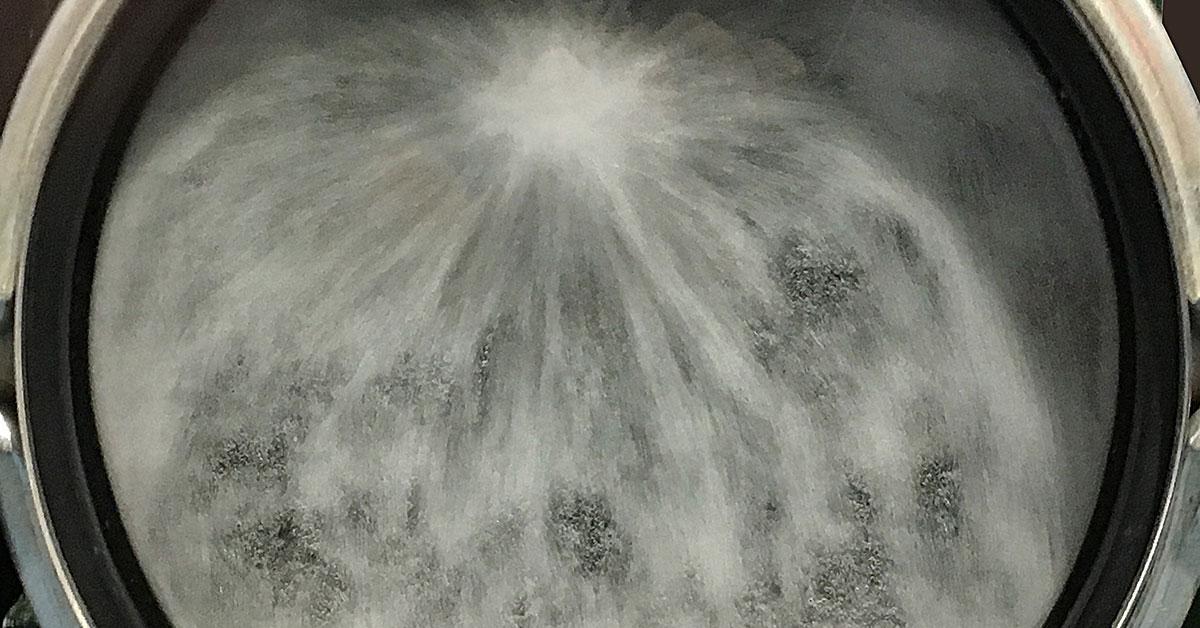CONCORD, N.C. — When it comes to an immersion solution — what we call solvent — for cleaning, the choices just keep coming. Some operators are willing to switch with each introduction of a new formula, others are more cautious.
This is not an endorsement, but an overview of where we have been, and where we seem to be now.
When the spotlight was focused on the drycleaning industry in the late 1980s, there was a scramble to replace perchloroethylene, or perc, with something.
As time passes, more and more chemicals are being considered for placement in drycleaning machines. Alcohol, when blended with another chemical, has shown great promise. High-flash hydrocarbon, when blended with glycol ether, has shown promise. Both ideas were present at the last Clean Show and are being placed in plants around the country.
Wet cleaning was an idea that met with a great deal of resistance. Fortunately, some in the cleaning industry were intrigued by the concept. Instead of viewing water as the enemy, they strictly followed directions to limit water temperature, mechanical action, the pH of detergent, and time and temperature in drying. This has expanded the use of water in professional cleaning.
INFORMED DECISIONS
To make good decisions, you must know the strengths and weaknesses of the liquid you are placing in your machine. You must know its effect on fibers, fabrics, dyes and especially trim, to take precautions if necessary.
Also, understand which chemical tools used in supplemental stain removal are compatible with your solvent. Adhere to any restriction in chemical use to avoid contamination of the immersion solution, or an adverse reaction that could lead to a claim.
When you consider your choice of a new drycleaning machine, take the time to research the solution you intend to use in that machine. Be comfortable with the cleaning results and the level of productivity the solvent will allow you to maintain.
Be as informed as possible as to the current — and potential future — impact on the environment and employees. There is a legal term with which every owner/operator, past and present, must come to terms with, and that term is: Joint and Several Liability.
(Editor’s note: The term means, roughly, that multiple parties are jointly liable. Go online to read up on the topic and consult with your legal representative.)
Also, you are obligated by law to provide a safe workplace. Ignorance is no excuse. Do your homework; that is your managerial responsibility.
Being a party to an Environmental Protection Agency (EPA) site cleanup, or an employee workplace injury, is much worse than trying to remove the red wine from that aqua silk dress.
To read Part 1, go HERE.
Have a question or comment? E-mail our editor Dave Davis at [email protected].

